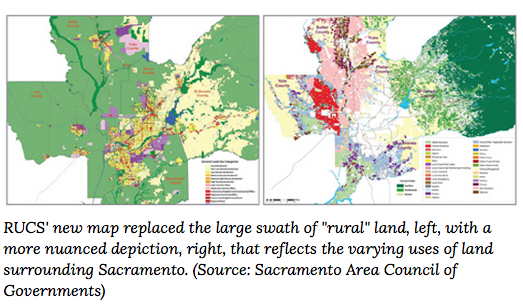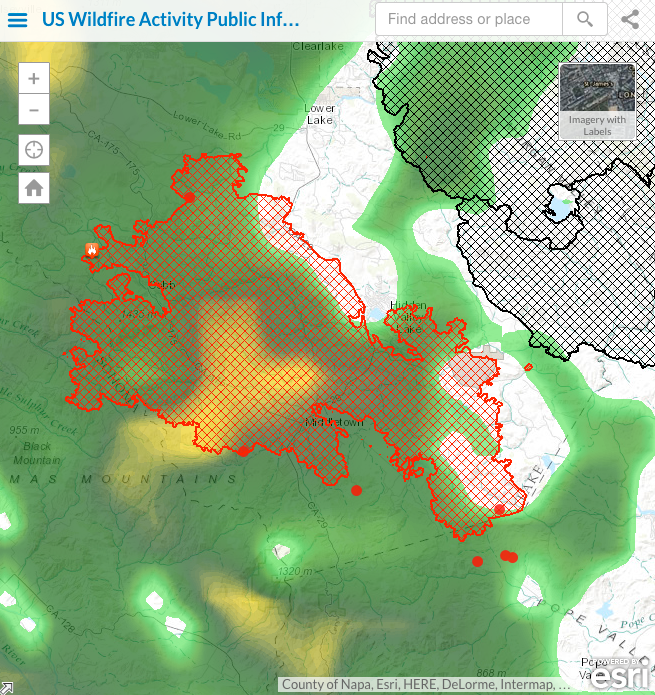GIS-related courses for Spring 2016
 Wednesday, October 14, 2015 at 4:27PM
Wednesday, October 14, 2015 at 4:27PM Hello World!
There are several GIS classes to chose from in the spring. So far we have:
Lower division:
- ESPM 72 Geographic Information Systems *Not sure who is teaching this yet*
Upper division:
- Biging, G & Radke, J ESPM 177 GIS and Environmental Spatial Data Analysis
- Chambers, J GEOG 185 Earth System Remote Sensing
- O'Sullivan, D GEOG 187 Geographic Information Analysis
Graduate:
- Radke, J LDARC 221 Quantitative Methods in Environmental Planning
- Dronova, I LDARC 221 Applied Remote Sensing
- Chambers, J GEOG 285 Topics in Earth System Remote Sensing
- Wang, I ESPM 290 Special Topics in Environmental Science: Spatial Ecology
Email me with others.
Thanks!

